We love offline marketing because we know just how effective it can be. We may be exaggerating when we say we lose sleep at the thought of all the campaigns happening out there that aren’t doing offline marketing justice, but it does give us nightmares while we do sleep.
To help us sleep better, we’ve put a few tips together on common ways you can rethink your offline marketing and make it better.
1. Are you targeting your audience properly?
One of the common misconceptions of offline marketing is that it isn’t very targeted but that’s simply not the case. The biggest mistake marketeers often make is to not regularly profile their data at all, or worse still, profile it and then continue doing what they were doing regardless of the results. Your customer base is ever-changing and so if you aren’t regularly reviewing and updating your approach, you’re not getting the best out of your data.
A full data analysis includes profiling your client base so you get a clear picture of what your typical, ideal customer looks like. This can include geographical, social, behavioural and economic profiling. Having a picture of your ideal customer is extremely useful and it becomes really powerful when you start to overlay their transactional behaviour, that’s when you can start to unearth which customers are truly valuable.
Audience profiles will help determine key strategic and creative decisions – from formats, to messaging to offers.
2. Are you optimising campaigns?
One of the best things about direct mail campaigns is the ability to track and report their results. Because you have the file containing all of the people you’ve sent it to, that can be overlaid with the transactions at the end of the campaign to see exactly who responded, how much they spent, how long it took for them to respond, what offer they responded to etc.
One common mistake is to not A/B test and not to do any control group testing for campaigns. These are essential in learning what’s getting the best response. Examples of tests you can carry out and review are data segments, format, offer type, CTA technique.
The key is to ensure that after every campaign, the data is analysed and insights are extracted that will be used to inform future campaigns. It’s all about establishing a culture of test, review, learn, optimise.
3. Are you integrating it with other activity
Don’t treat direct mail as an “afterthought” or a “nice to have”, to be really effective it has to be integrated into your marketing mix properly, alongside your other channels. Make sure the messaging and creative you’re using are aligned to your other communications, so that you’re creating another touchpoint that feels part of your customer journey. Ensure that offers on your direct mail aren’t undercut by offers running on other channels. You can even integrate digital actions with direct mail. Programmatic mail is automated mail triggered by an online event. This is especially useful for countering activity such as abandoned baskets. In fact, data from one of our recent campaigns showed that 60% of customers who were sent a personalised mailer after abandoning their cart returned to the site, with an 18% conversion rate.
By integrating offline activity with online activity you can create a really well-curated customer journey that is effective at both customer acquisition and retention.
4. Could a partnership work for you?
You don’t have to do this alone; there are non-competitor brands out there who share your audience profile, and not just demographics but buying habits, lifestyle, income, interests etc. This provides an opportunity to establish a partnership, it’s about creating a mutually beneficial relationship between two brands. Options include brand collateral within a partners distribution, hosting partner collateral in your brand’s distribution or a swap of collateral where both partners host. Say for example if you were a brand selling houseplant delivery subscriptions, your audience would be the same profile as a brand selling gourmet vegan meal subscriptions. A partnership could be agreed where your marketing communications were packaged in their meal delivery boxes, and vice versa their communications could appear in your plant delivery boxes. This is a really cost effective way to find new customers as it allows you to “piggy back” on your partner’s established relationships with their customers.
5. Is it as sustainable as it can be?
Trying to minimise our negative impact on the environment is becoming increasingly important for everybody, and every business. There’s no getting away from the fact that our industry involves using a lot of paper and produces CO2 emissions across both the production and transportation of direct mail items. However, there are measures you can take to make sure you’re activity is as sustainable as possible. Unlike a lot of industries, making your offline marketing campaign more sustainable isn’t always an additional cost, and can actually save you money and/or improve your ROI.
The key to making offline marketing campaigns more environmentally sound is ensuring your paper stock comes from sustainable sources. For example at PSE, we have partners and suppliers who are FSC or PEFC certified. The FSC and PEFC are both certification bodies that monitor global forests and ensure they are sustainable. There is also the option to use recycled paper. 100% recycled paper can be more expensive due to the additional processes required to make it, but you could use a blend of recycled and virgin fibre to make a stock more cost-effective.
Carbon Balancing is another way that you can minimise the negative impact of your activity. We have introduced an opt-out surcharge to our campaigns, this surcharge goes directly to the World Land Trust, an international conservation charity that projects the world’s most biologically significant and threatened habitats. In just Q3 and Q4 of 2021 alone we offset 166,093 KG of carbon and preserved 99,341M2 of vulnerable land.
One of the most overlooked aspects of making offline marketing more sustainable, is to optimise your campaign to be as efficient as possible so you’re only sending what works. Thanks to our expertise and experience, we ensure campaigns are super-efficient; only producing what is needed, and cleansing data to remove wastage and improve targeting and response rates.
Time for a rethink
If you’re starting to realise your offline marketing could do with a rethink, then let us help you. Then we can all sleep better.
Contact us to have an informal chat about our approach and how we can work with you.




